Buying Jump Rings Part 1 Avoiding Pitfalls
Today we feature Part 1 of a two-part series called Buying Jump Rings Part 1: Avoiding the Pitfalls.
If you are a relative beginner to making jewelry with chain mail, you've probably used a kit or taken a class with an instructor who has either supplied the rings or pointed to the ones to purchase.
If you are a relative beginner to making jewelry with chain mail, you've probably used a kit or taken a class with an instructor who has either supplied the rings or pointed to the ones to purchase.
Instructions
Now you want to:
Buy different rings to re-make the same piece, or
Buy rings in a different gauge to make the piece that is more delicate or heavier, or
Look for a tutorial for a different project and buy the necessary rings

Today’s Question:
Let’s say you made a Byzantine bracelet with bright aluminum rings, and you used 18 gauge rings with an inside diameter of 5/32″. Now you want to make a similar one in sterling silver as a gift for your mother.
Let’s say you made a Byzantine bracelet with bright aluminum rings, and you used 18 gauge rings with an inside diameter of 5/32″. Now you want to make a similar one in sterling silver as a gift for your mother.
Why is This a Problem?
You used 18 gauge aluminum rings. But base metal rings, such as aluminum, are frequently made using the SWG system – while precious metal rings are usually made using the AWG system.
You used 18 gauge aluminum rings. But base metal rings, such as aluminum, are frequently made using the SWG system – while precious metal rings are usually made using the AWG system.
Wire Diameter/WD:
The wire gauge is a measure of the thickness of the wire (the wire diameter or WD). The bigger the number, the thinner the wire. There are two common gauge systems:
American Wire Gauge (AWG) (sometimes called B&S for Browne & Sharpe)
British Standard Wire Gauge (SWG). 18 gauge SWG is heavier than 18 gauge AWG.
Because I want to use sterling silver rings, I will need to find the WD I want in the AWG system. Fortunately, there are charts (see the resource information below) that will help you switch between these two systems.
When I look at the charts, the 18 gauge (SWG) wire I used has a WD = 1.22 mm. Because I want a similar size of wire, I plan to choose 16 gauge (AWG) which has a WD = 1.29 mm.
The wire gauge is a measure of the thickness of the wire (the wire diameter or WD). The bigger the number, the thinner the wire. There are two common gauge systems:
Because I want to use sterling silver rings, I will need to find the WD I want in the AWG system. Fortunately, there are charts (see the resource information below) that will help you switch between these two systems.
When I look at the charts, the 18 gauge (SWG) wire I used has a WD = 1.22 mm. Because I want a similar size of wire, I plan to choose 16 gauge (AWG) which has a WD = 1.29 mm.
Jump Ring Size ID:
The inside diameter (or ID) in our question is 5/32″. Typically, jump rings using SWG gauges are measured in fractions of an inch. But, AWG rings typically use metric measurements.
I could change the 5/32 in. to a decimal fraction, then figure out how to convert it from Imperial to Metric—but there’s a better way. There are charts for that! See the link below. I used a chart to change the fractions of an inch to millimeters. ID = 5/32 in. = 3.97 mm
The inside diameter (or ID) in our question is 5/32″. Typically, jump rings using SWG gauges are measured in fractions of an inch. But, AWG rings typically use metric measurements.
I could change the 5/32 in. to a decimal fraction, then figure out how to convert it from Imperial to Metric—but there’s a better way. There are charts for that! See the link below. I used a chart to change the fractions of an inch to millimeters. ID = 5/32 in. = 3.97 mm

Use Your Calculator: Aspect Ratio AR
To answer the question above, you only have to know the wire diameter and inside diameter of the rings that you used and then divide those numbers on a calculator.
Here’s the easy way to find the answer to our question.
1. You know that the ID is 3.97 mm because we used a chart.
2. You know that you used 18 SWG rings and that we used a chart to find out that the WD is 1.22 mm.
3. Take out your calculator and divide ID / WD or 3.97 mm divided by 1.22 mm. My calculator says 3.3 mm (rounded). This magic number is called the Aspect Ratio or AR
4. Go to the chart for 16 AWG jump rings. Scan down the column that gives the AR to find the one that is closest – and Bingo! – A 16 AWG jump ring with an ID of 4.25 mm has an AR of 3.3. Notice that a 4.5 mm jump ring has an AR of 3.5. Either of these sizes of jump rings will work well for your sterling silver Byzantine Bracelet.
To answer the question above, you only have to know the wire diameter and inside diameter of the rings that you used and then divide those numbers on a calculator.
Here’s the easy way to find the answer to our question.
1. You know that the ID is 3.97 mm because we used a chart.
2. You know that you used 18 SWG rings and that we used a chart to find out that the WD is 1.22 mm.
3. Take out your calculator and divide ID / WD or 3.97 mm divided by 1.22 mm. My calculator says 3.3 mm (rounded). This magic number is called the Aspect Ratio or AR
4. Go to the chart for 16 AWG jump rings. Scan down the column that gives the AR to find the one that is closest – and Bingo! – A 16 AWG jump ring with an ID of 4.25 mm has an AR of 3.3. Notice that a 4.5 mm jump ring has an AR of 3.5. Either of these sizes of jump rings will work well for your sterling silver Byzantine Bracelet.
Marilyn's Links:
Fractions/Decimals/Millimeter
Wire Gauges found on WireJewelry.com!
Jump Ring converter chart coming
Fractions/Decimals/Millimeter
Wire Gauges found on WireJewelry.com!
Jump Ring converter chart coming
Materials

Jump rings in findings by metal type

Wire
Tools

Flat Nose Wire Plier
G2-506
- G2-506
- Lesson Quantity: 2.00 pieces
- Purchase Quantity: 1.00 each
- Price: $32.95
- Gold Club Price: $24.71
- Category: Chain Maille
- Technique(s): Chain Making







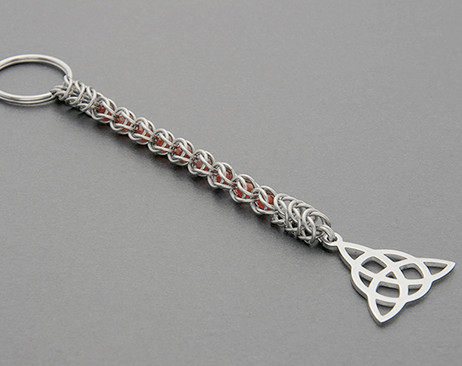
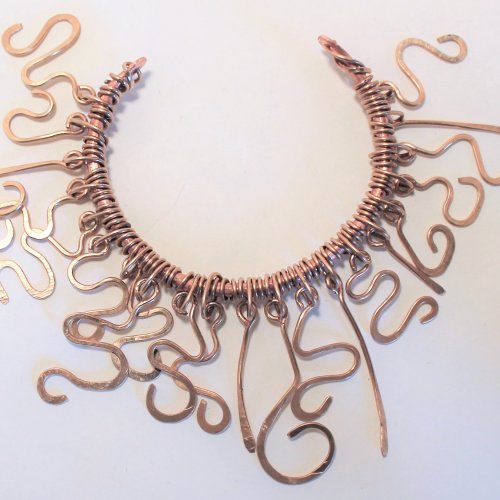
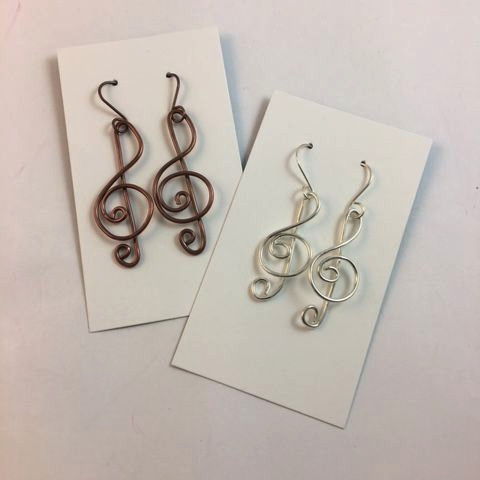

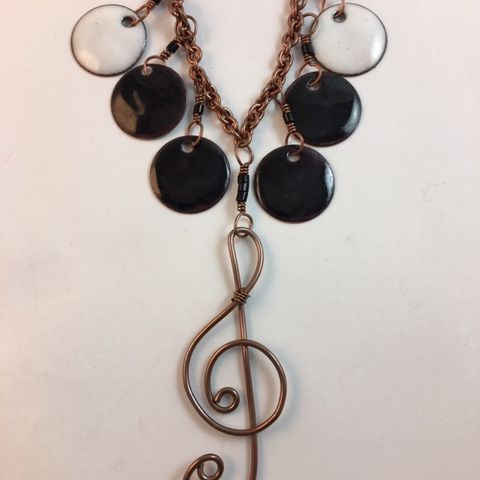
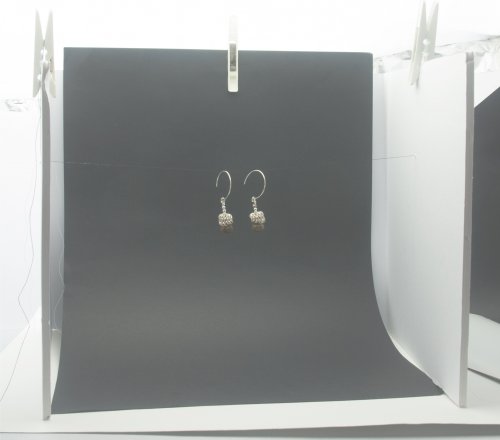

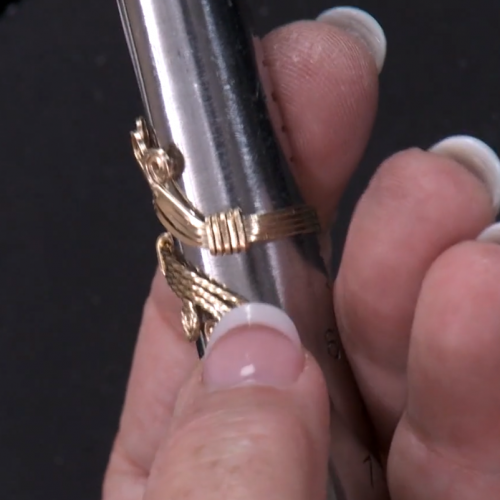

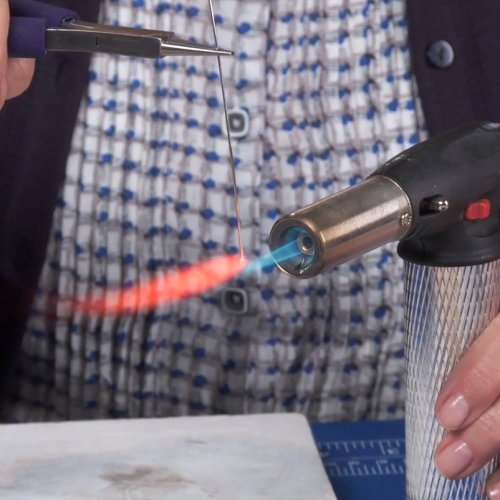
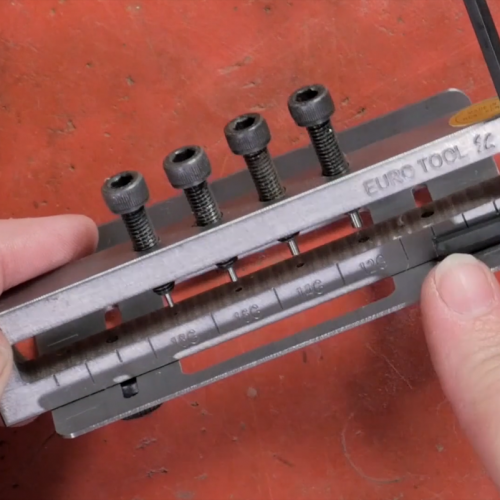
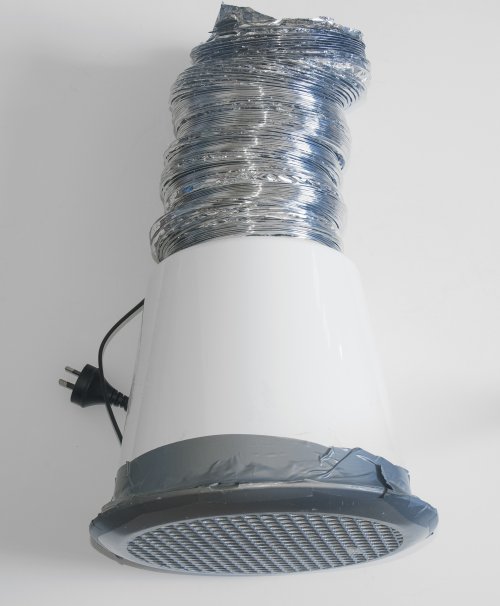
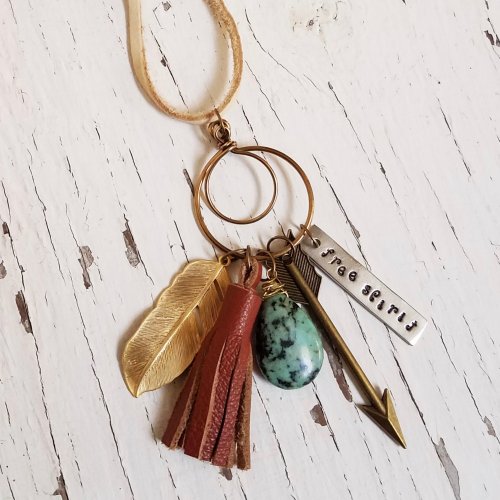
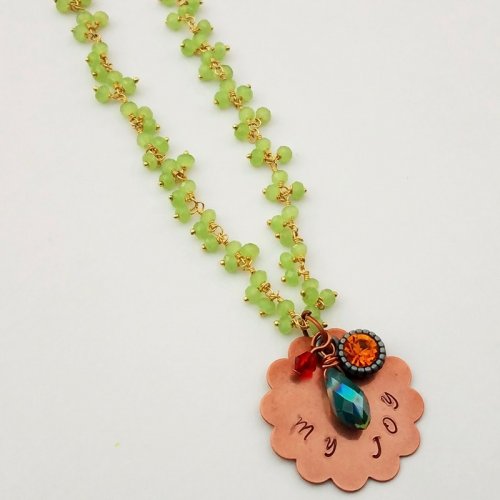
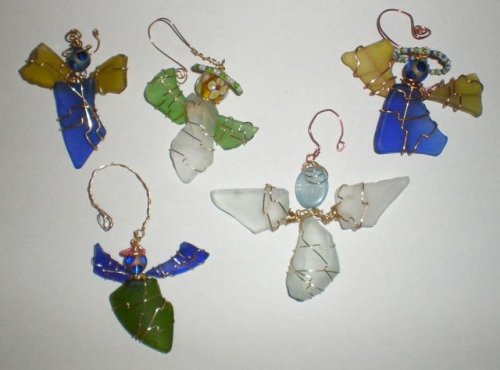
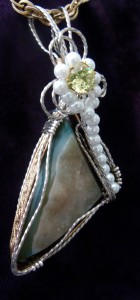
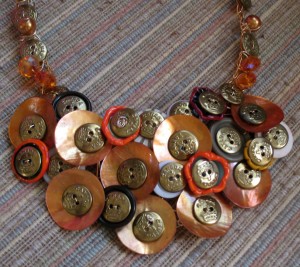
 Keeping Your Pliers Handy
Keeping Your Pliers Handy Looking for an Earring Finding
Looking for an Earring Finding Sizing a Bracelet
Sizing a Bracelet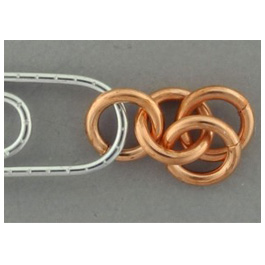 Strategies for Starting a Chain Mail Weave
Strategies for Starting a Chain Mail Weave How to Open and Close Jump Rings
How to Open and Close Jump Rings A New Idea for Starting a Chainmail Weave
A New Idea for Starting a Chainmail Weave Sterling Silver and Glass Cleaner
Sterling Silver and Glass Cleaner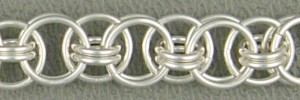 A Chainmail Bracelet Start Narrow, Make it Wide
A Chainmail Bracelet Start Narrow, Make it Wide Add An Awl To Your Tool Bag
Add An Awl To Your Tool Bag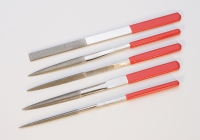 Add Needle Files to Your Tool Bag
Add Needle Files to Your Tool Bag Buying Jump Rings Part 2 Avoiding the Pitfalls
Buying Jump Rings Part 2 Avoiding the Pitfalls Combine Chainmail with Links
Combine Chainmail with Links Adding Needle Files to Your Tool Bag
Adding Needle Files to Your Tool Bag Finding the Perfect Work Surface
Finding the Perfect Work Surface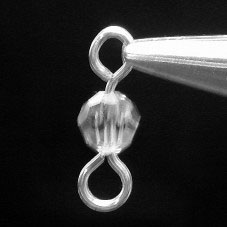 How to Make a Bead Link
How to Make a Bead Link Jewelry Care
Jewelry Care


